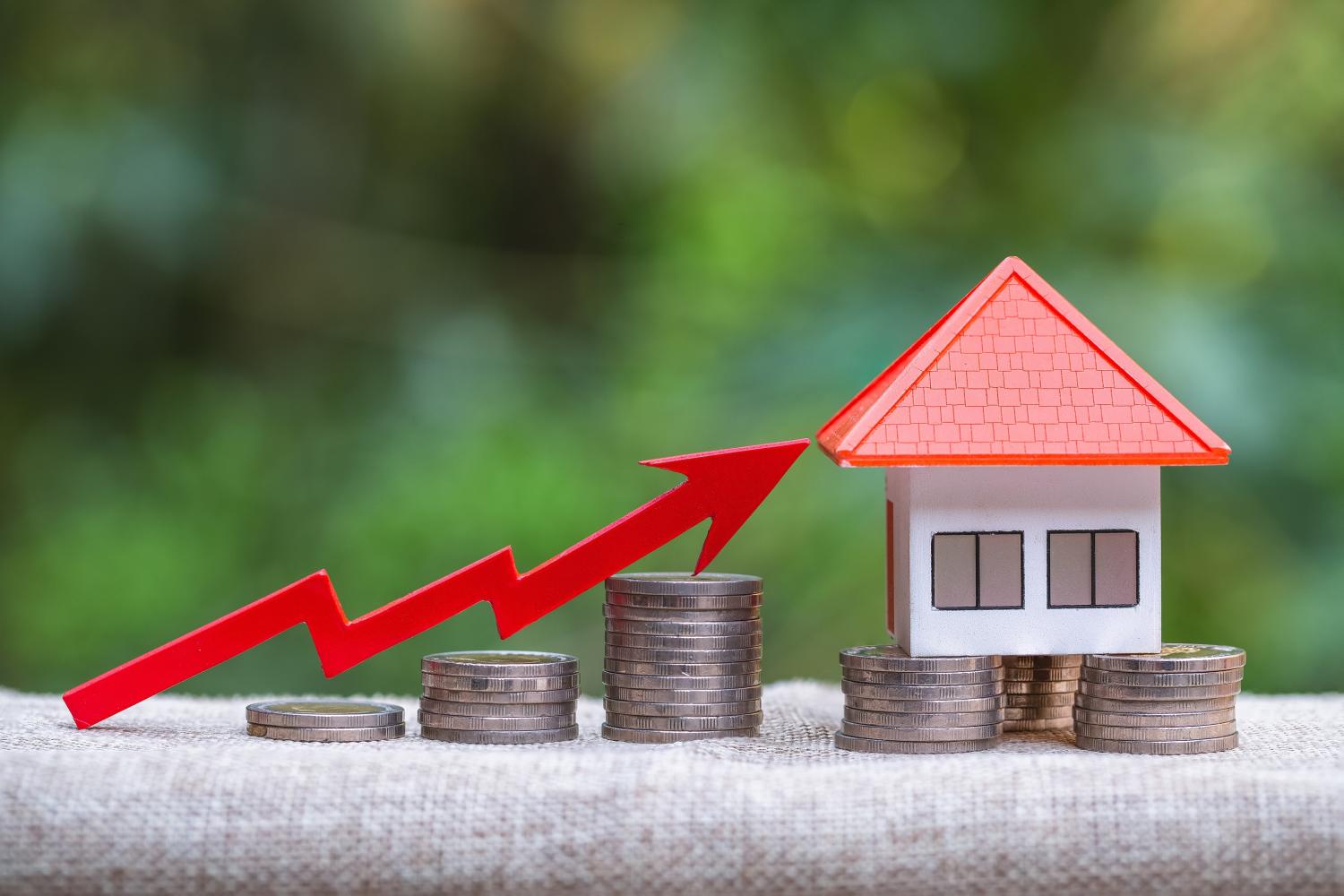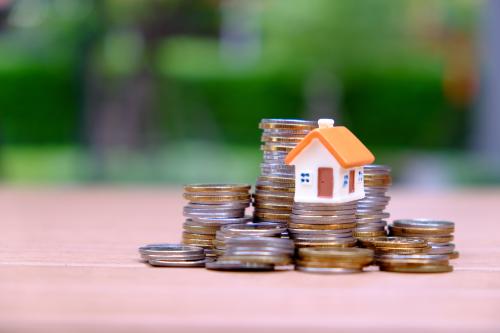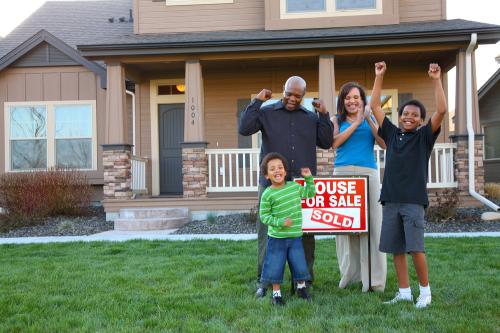The paper summarized here is part of the Spring 2022 edition of the Brookings Papers on Economic Activity (BPEA), the leading conference series and journal in economics for timely, cutting-edge research about real-world policy issues. The conference draft of the paper was presented at the Spring 2022 BPEA conference. The final version was published in the Spring 2022 issue by Johns Hopkins University Press. The recording of the conference session can be found below. Read all papers published in this issue here. Submit a proposal to present at a future BPEA conference here.
Homebuyers’ emotions may partly explain soaring home prices during the COVID-19 pandemic but, at least so far, the run-up doesn’t look like a classic bubble, suggests a paper discussed at the Brookings Papers on Economic Activity (BPEA) conference on March 25, 2022.
From August 2020 to August 2021, home prices, as measured by the S&P/CoreLogic/Case-Shiller National Home Price Index, increased 20 percent—13.2 percent when adjusted for consumer price inflation. That was, according to the authors—Robert J. Shiller of Yale University and Anne K. Thompson of Massachusetts Institute of Technology—the biggest one-year increase since 1946 when soldiers returning from World War II found an inadequate supply of houses.
Surveys of homebuyers during the pandemic suggest emotional factors and psychology helped drive sales, according to the paper, What Have They Been Thinking? Home Buyer Behavior in Hot and Cold Markets: A Ten-Year Retrospect. Many families in lockdown stewed about the lack of space in their homes. Some, fearful of the COVID-19 virus, wanted to move.
And many respondents to the most recent survey, distributed in July 2021, also cited bidding wars, with sellers getting multiple offers above their asking price. Social media and web sites focused on housing likely fueled the frenzy, Shiller said in an interview with The Brookings Institution.
But—in contrast with the early 2000s—buyers’ expectations of large future price gains do not appear to be driving the market, the paper suggests. During the 2000s bubble, price-gain expectations over the long term (10 years) ran well above short-term expectations (1 year). However, starting in 2013, short-term and long-term expectations converged and, in fact, in 2021, many buyers expected price gains to moderate in the years ahead.

“Since the strong uptrend in home prices … is not associated with high annualized ten-year expectations for price increases … we would not call the experience a bubble, at least not in the classic sense,” the authors write.
During the early 2000s, some homebuyers, believing prices would continue to rise rapidly, stretched financially to buy homes, reasoning that if they got into trouble they could sell at a profit. Instead, when prices fell during the 2007-2009 financial crisis, they found themselves “underwater,” owing more on their mortgages than their homes were worth and many defaulted.
In the most recent survey, buyers typically kept their well-paying jobs and could afford to upgrade. (Many white-collar and tech workers have been able to work from home during the pandemic.) Buyers skewed younger in the 2021 survey (the preponderance were between 25 and 44 years old), more were first-time homebuyers, and more were single adults with no children.
“My feeling is we could see a leveling off in prices, but not a 20-to-50 percent drop. People probably wouldn’t lose their homes.”
“I don’t think people are in over their heads,” Thompson said in an interview with Brookings. “My feeling is we could see a leveling off in prices, but not a 20-to-50 percent drop. People probably wouldn’t lose their homes.”
The paper draws its conclusions from a series of homebuyer surveys that began in 1988 in four counties: Alameda County, California, including Oakland and much of the East Bay; Middlesex County, Massachusetts, including Cambridge and areas north and west of Boston; Milwaukee County, Wisconsin; and Orange County, California, including Anaheim and Irvine. A total of 7,699 homebuyers have responded to these surveys.
Acknowledgments
David Skidmore authored the summary language for this paper. Becca Portman assisted with data visualization.
Citations
Shiller, Robert J. and Anne K. Thompson. 2022. “What Have They Been Thinking? Home Buyer Behavior in Hot and Cold Markets: A Ten-Year Retrospect.” Brookings Papers on Economic Activity, Spring. 307-344.
Guren, Adam M. 2022. “Comment on ‘What Have They Been Thinking? Home Buyer Behavior in Hot and Cold Markets: A Ten-Year Retrospect’.” Brookings Papers on Economic Activity, Spring. 345-357.
Gyourko, Joseph. 2022. “Comment on ‘What Have They Been Thinking? Home Buyer Behavior in Hot and Cold Markets: A Ten-Year Retrospect’.” Brookings Papers on Economic Activity, Spring. 357-363.
Disclosure
Robert J. Shiller works with the Chicago Mercantile Exchange on home price index futures and serves on the S&P CoreLogic Case-Shiller Index Committee of Standard and Poor’s S&P Global. He also consults for Barclays Bank. The authors did not receive financial support from any firm or person for this paper or, other than the aforementioned, from any firm or person with a financial or political interest in this paper. Other than the aforementioned, they are currently not an officer, director, or board member of any organization with an interest in this paper.
The Brookings Institution is committed to quality, independence, and impact.
We are supported by a diverse array of funders. In line with our values and policies, each Brookings publication represents the sole views of its author(s).







